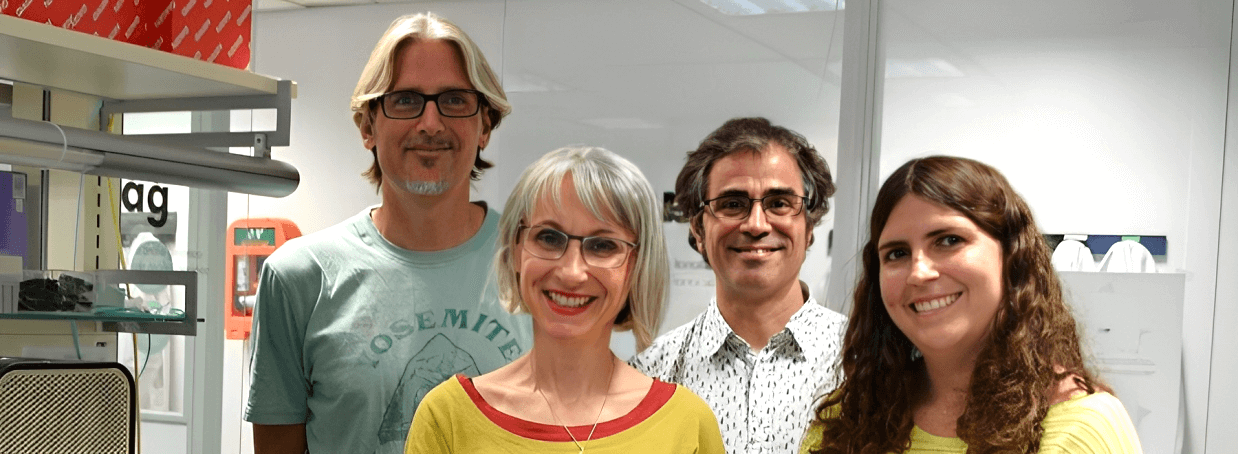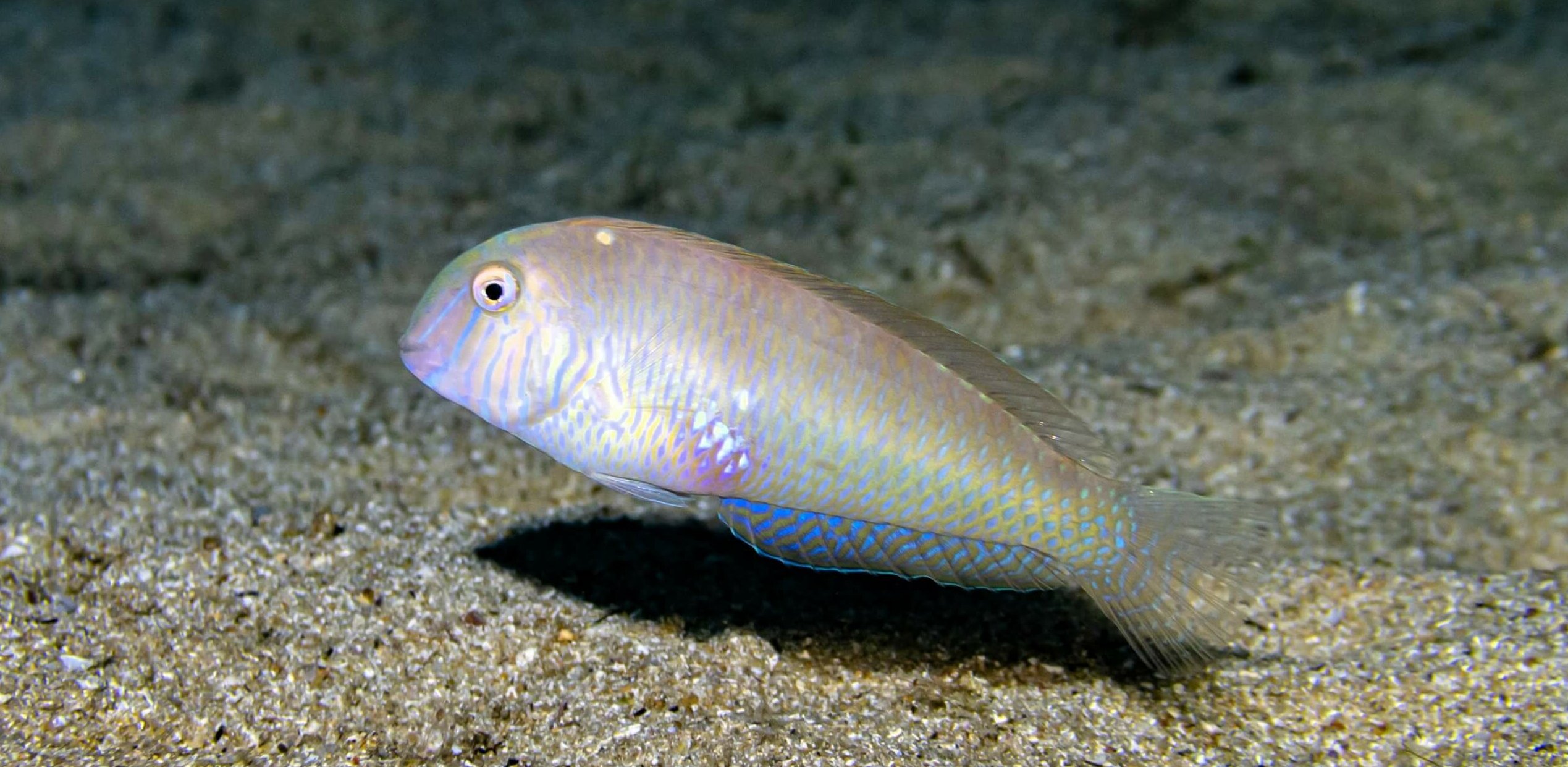
A team of researchers from CNAG and IMEDEA decrypt the genetic code of the pearly razorfish
A team of researchers from the Centro Nacional de Análisis Genómico (CNAG), based in the Barcelona Science Park, and the Institut Mediterrani d’Estudis Avançats, IMEDEA (CSIC-UIB), have decrypted the genetic code of the pearly razorfish. The research, which will have a high impact on understanding the biodiversity of the territory and the conservation of the marine species, was funded by the Catalan Initiative for the Earth Biogenome Project (CBP), through the Institut d’Estudis Catalans.
The pearly razorfish (Xyrichtys novacula), cleaver wrasse, llorito or raor, as it is popularly known in Spain, is a fish within the family Labridae that has become a media icon, due to the fishing tradition in the Balearic Islands and its high culinary value.
Less known are his genetic particularities. Like humans, raors incorporate into their chronotype behavior individual preferences for the schedules in which they perform their daily activities, as a result there are raors more active during certain hours of the day than others.
They exhibit certain social behaviors, where the most aggressive males vigorously defend large parcels of sandy banks, which include the smaller territories of the females in their harem. These behavioral peculiarities are genetically encoded in both humans and terrestrial animals.
In a fishing-exploited population such as pearly razorfish, the fact that certain behaviours have a genetic basis may result in the elimination of certain genetic variants in natural populations that may compromise their future.
Populations with little genetic diversity have less resilience and this is where genetic studies play an important role to ensure the future of the raor. Josep Alós from IMEDEA, one the scientist who leads this research, explains: “Knowing better what behavioral and genetic characteristics affect vulnerability to fishing can be very useful for designing measures in the area of conservation and ensuring the future of this species. Unfortunately, the raor’s genetic code was not available for evaluation until now.”

Raor. ©Author Eneko Aspillaga (IMEDEA).
Setting up the pearly razorfish genetic puzzle
The complete genetic code of a species, or genome, is the instruction book that contains all the information that, along with life experiences and environment, determines how any living being behaves, including ourselves.
Knowing all the pieces of this genetic puzzle is very complex. For example, it took almost 20 years to assemble the complete human genome. Due to the latest developments in genomic technologies, initiatives such as the Earth Biogenome Project (EBP) have emerged, which aims to obtain genomic information from about two million species of plants, animals, fungi and microorganisms. On the basis of this project at a global level, the Catalan Initiative for the Earth Biogenome Project (CBP) was born, promoted by the Societat Catalana de Biologia and the Institució Catalana d’Història Natural with the support of the Institut d’Estudis Catalans. The CBP contributes to the world catalogue by obtaining genetic information from endemic species or species of local interest.
Thanks to the funding provided by the CBP, the IMEDEA and the Centro Nacional de Análisis Genómico (CNAG) have worked together to decrypt the genetic code of the raor. Through this study of the Genome Assembly and Annotation Team and the Sequencing Unit of the CNAG, and Margarida Barceló from IMEDEA, all genetic information contained in the 24 chromosomes of the pearly razorfish has been successfully obtained.
According to the CNAG Team Leader Tyler Alioto: “By using a combination of state-of-the-art genomic technologies such as long reads from Oxford Nanopore Technologies, Illumina short reads, Hi-C and RNA-seq, we have obtained an annotated chromosome-level assembly for this species. Studies such as the current one help us at CNAG to improve our genomics pipelines so we can continue to expand the catalogue of available high-quality reference genomes to server as a resource for further genetic studies and biodiversity applications”.
According to the CNAG Team Leader Tyler Alioto: “By using a combination of state-of-the-art genomic technologies such as long reads from Oxford Nanopore Technologies, Illumina short reads, Hi-C and RNA-seq, we have obtained an annotated chromosome-level assembly for this species. Studies such as the current one help us at CNAG to improve our genomics pipelines so we can continue to expand the catalogue of available high-quality reference genomes to server as a resource for further genetic studies and biodiversity applications”.
» Reference article: Fernando Cruz, Jèssica Gómez-Garrido, Marta Gut, Tyler S Alioto, Joan Pons, Josep Alós, Margarida Barcelo-Serra, Chromosome-level assembly and annotation of the Xyrichtys novacula (Linnaeus, 1758) genome, DNA Research, 2023;, dsad021, DOI: https://doi.org/10.1093/dnares/dsad021
» Link to the news: CNAG website [+]




